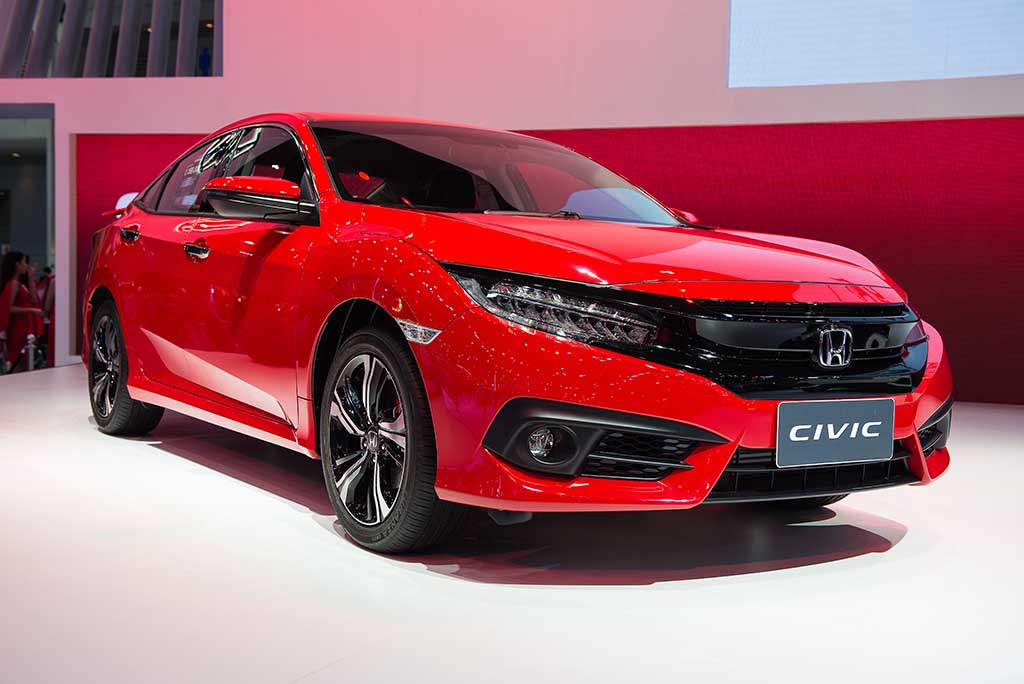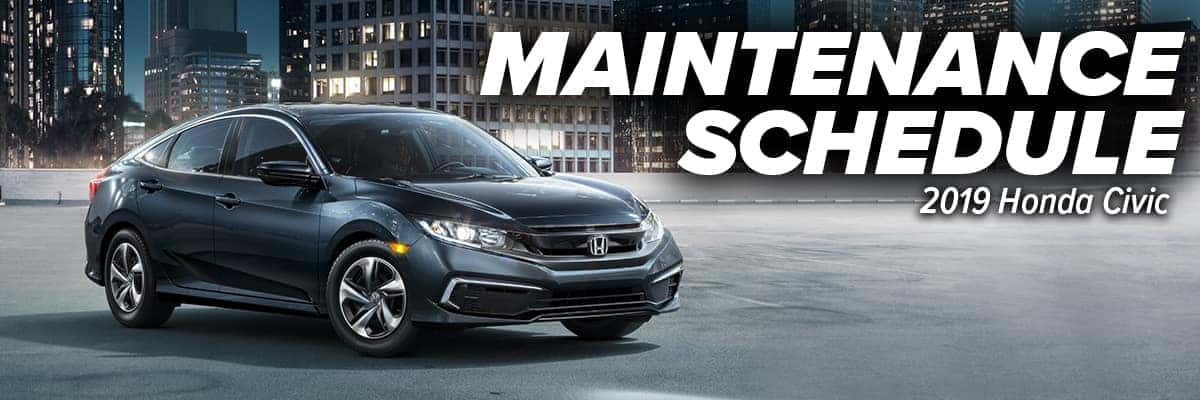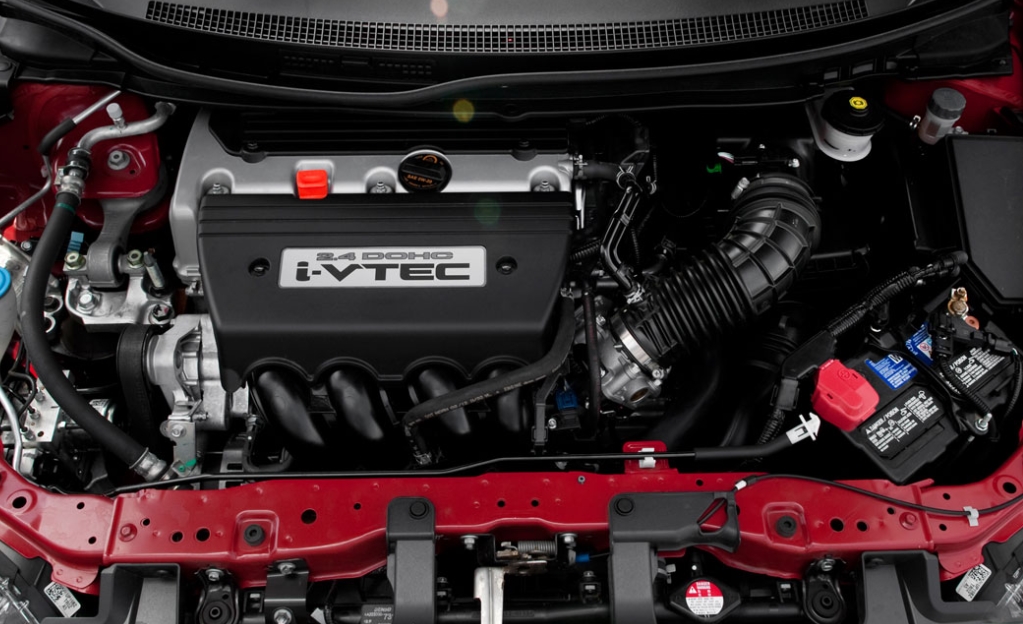Keeping Your 2025 Honda Civic Running Smoothly: A Comprehensive Maintenance Guide
By admin / August 14, 2024 / No Comments / 2025

Keeping Your 2025 Honda Civic Running Smoothly: A Comprehensive Maintenance Guide
The 2025 Honda Civic, with its sleek design, advanced technology, and impressive performance, promises a rewarding driving experience. However, like any vehicle, it requires regular maintenance to ensure optimal performance, longevity, and safety. This comprehensive guide outlines the recommended maintenance schedule for your 2025 Honda Civic, helping you keep your car in top condition for years to come.
Understanding the Importance of Regular Maintenance
Regular maintenance isn’t just about preventing breakdowns; it’s about optimizing your car’s performance and extending its lifespan. Here’s why:
- Enhanced Performance: Maintaining key components like engine oil, filters, and fluids ensures optimal engine operation, leading to smoother acceleration, better fuel economy, and reduced emissions.
- Increased Safety: Regular inspections and repairs of brakes, tires, and steering components ensure your car responds predictably and safely on the road.
- Extended Lifespan: Proactive maintenance prevents wear and tear, extending the overall lifespan of your Civic and potentially saving you significant costs in the long run.
- Reduced Repair Costs: Catching potential issues early through regular inspections can prevent minor problems from escalating into major, costly repairs.
2025 Honda Civic Maintenance Schedule: A Detailed Breakdown
Honda provides a comprehensive maintenance schedule for the 2025 Civic, tailored to different driving conditions and usage patterns. This schedule serves as a general guideline, and your specific needs might require adjustments. Always consult your owner’s manual and a trusted Honda dealer for the most accurate information.
1. Routine Maintenance: The Foundation of a Healthy Car
These tasks are essential for maintaining your Civic’s health and should be performed at regular intervals:
-
Oil Change & Filter Replacement: Every 5,000 miles or 6 months, whichever comes first.
- Why it’s important: Engine oil lubricates moving parts, preventing friction and wear. Replacing the oil filter removes contaminants, ensuring optimal engine performance.
-
Tire Rotation: Every 5,000 miles or 6 months, whichever comes first.
- Why it’s important: Rotates tires to distribute wear evenly, extending tire life and improving handling.
-
Tire Pressure Check: Monthly or before long trips.
- Why it’s important: Ensures optimal tire pressure, improving fuel economy, handling, and tire longevity.
-
Fluid Levels Check: Every 5,000 miles or 6 months, whichever comes first.
- Why it’s important: Ensures adequate levels of coolant, brake fluid, power steering fluid, and windshield washer fluid for optimal system performance.
-
Air Filter Replacement: Every 15,000 miles or 12 months, whichever comes first.
- Why it’s important: A clean air filter allows optimal airflow to the engine, improving performance and fuel economy.
-
Cabin Air Filter Replacement: Every 15,000 miles or 12 months, whichever comes first.
- Why it’s important: A clean cabin air filter improves air quality inside the car, reducing allergens and improving passenger comfort.
-
Brake Inspection: Every 15,000 miles or 12 months, whichever comes first.
- Why it’s important: Ensures brake pads and rotors are in good condition, preventing premature wear and maintaining braking performance.
-
Battery Inspection: Every 15,000 miles or 12 months, whichever comes first.
- Why it’s important: Checks battery health and electrolyte levels, ensuring reliable starting and electrical system operation.
-
Wiper Blades Replacement: As needed, typically every 6 to 12 months.
- Why it’s important: Ensures clear visibility in all weather conditions.
2. Scheduled Maintenance: Keeping Your Civic Running Like New
These tasks are typically performed at specific mileage intervals and address more complex maintenance needs:
-
Spark Plug Replacement: Every 30,000 miles or 24 months, whichever comes first.
- Why it’s important: Ensures proper ignition and combustion, improving fuel economy and engine performance.
-
Fuel Filter Replacement: Every 30,000 miles or 24 months, whichever comes first.
- Why it’s important: Prevents contaminants from reaching the engine, ensuring optimal fuel delivery and engine performance.
-
Transmission Fluid Change: Every 30,000 miles or 24 months, whichever comes first for conventional automatic transmissions. For CVT transmissions, consult the owner’s manual for specific recommendations.
- Why it’s important: Ensures smooth gear shifting and optimal transmission performance.
-
Coolant Flush: Every 30,000 miles or 24 months, whichever comes first.
- Why it’s important: Prevents corrosion and overheating, ensuring proper engine cooling.
-
Brake Fluid Flush: Every 30,000 miles or 24 months, whichever comes first.
- Why it’s important: Maintains optimal braking performance and prevents brake system damage.
-
Power Steering Fluid Flush: Every 60,000 miles or 48 months, whichever comes first.
- Why it’s important: Ensures smooth steering operation and prevents steering system wear.
-
Timing Belt Inspection/Replacement: Every 105,000 miles or 7 years, whichever comes first. (Consult your owner’s manual for specific recommendations.)
- Why it’s important: A timing belt failure can cause catastrophic engine damage. Regular inspections and replacements prevent this.
3. Additional Maintenance Considerations
-
Climate-Specific Maintenance:
- Extreme Heat: Consider more frequent oil changes in hot climates to prevent oil breakdown.
- Extreme Cold: Use winter-grade oil and ensure battery health in cold climates.
-
Driving Conditions:
- Frequent City Driving: More frequent oil changes may be necessary due to shorter trips and less engine warm-up.
- Heavy Towing: More frequent oil changes and brake inspections are recommended.
-
DIY vs. Professional Service:
- DIY: Some basic maintenance tasks can be performed at home, but ensure you have the necessary tools, knowledge, and safety precautions.
- Professional Service: For complex tasks, it’s always best to seek professional help from a trusted Honda dealer or certified mechanic.
Maintaining Your Civic’s Performance: Beyond the Schedule
- Pay Attention to Warning Lights: Never ignore warning lights on your dashboard. They indicate potential issues that need attention.
- Listen to Your Car: Be aware of any unusual noises, vibrations, or changes in performance. These could signal underlying problems.
- Regular Inspections: Even between scheduled maintenance intervals, it’s beneficial to perform visual inspections of key components like tires, brake pads, and fluids.
- Keep Records: Maintain a detailed record of all maintenance performed on your Civic, including dates, mileage, and services completed. This will help you track your car’s history and identify potential issues.
Choosing the Right Service Provider
- Honda Dealerships: Offer factory-trained technicians, genuine Honda parts, and warranty coverage.
- Independent Mechanics: Can provide competitive pricing and personalized service. Ensure they are ASE-certified and have experience working on Honda vehicles.
- DIY Options: Consider DIY maintenance only for basic tasks you are comfortable with. Always follow safety guidelines and consult your owner’s manual.
Investing in Your Civic’s Future
Following a regular maintenance schedule and addressing potential issues promptly is an investment in your 2025 Honda Civic’s longevity and performance. By taking care of your car, you’ll enjoy a smoother driving experience, increased safety, and potentially save on costly repairs in the long run. Remember, a well-maintained Civic is a reliable companion on the road, providing years of enjoyment and worry-free driving.







